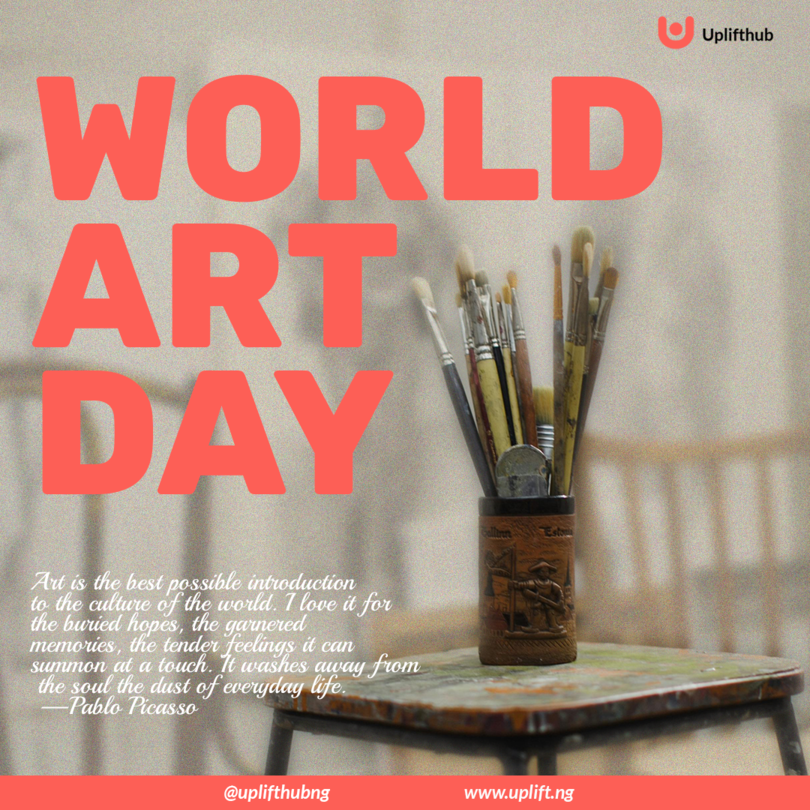
World Art Day 2024: How technology is changing how art is made and enjoyed.
In the ever-changing environment of technology, the influence on creative expression and creativity has been significant and diverse. The use of digital tools and technological breakthroughs have not only given artists new media to work with, but have also altered the way art is made, circulated, and viewed. This article dives into the numerous aspects of this influence, examining how technology has broadened the possibilities of artistic expression and affected the creative process.
Historical Context.

Historically, art has developed in response to new technological advances. From the introduction of oil paint in the Renaissance to the camera in the nineteenth century, technical advancements have resulted in substantial shifts in creative approaches and styles. In the current period, the digital revolution has had a comparable, if not greater, influence on art.
New Mediums and Techniques
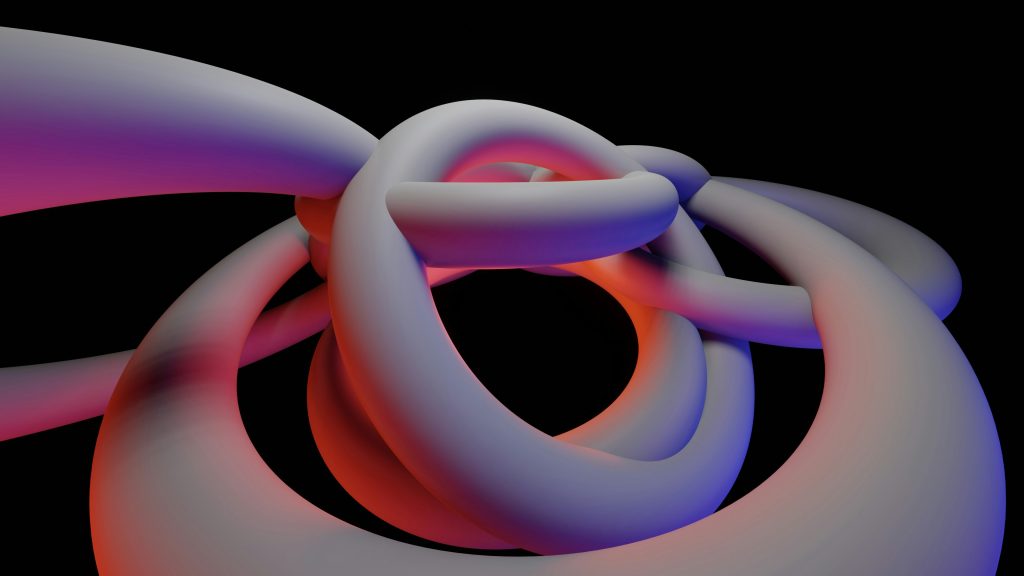
The development of digital technology has resulted in the birth of new types of art, including digital painting, 3D modelling, and digital photography. Software like Adobe Photoshop and 3D rendering tools have become as important to painters as the brush and canvas. These technologies have not only expanded the breadth of what may be produced, but have also made art more accessible to a broader spectrum of individuals, democratizing the creative production process.
Virtual and augmented reality.
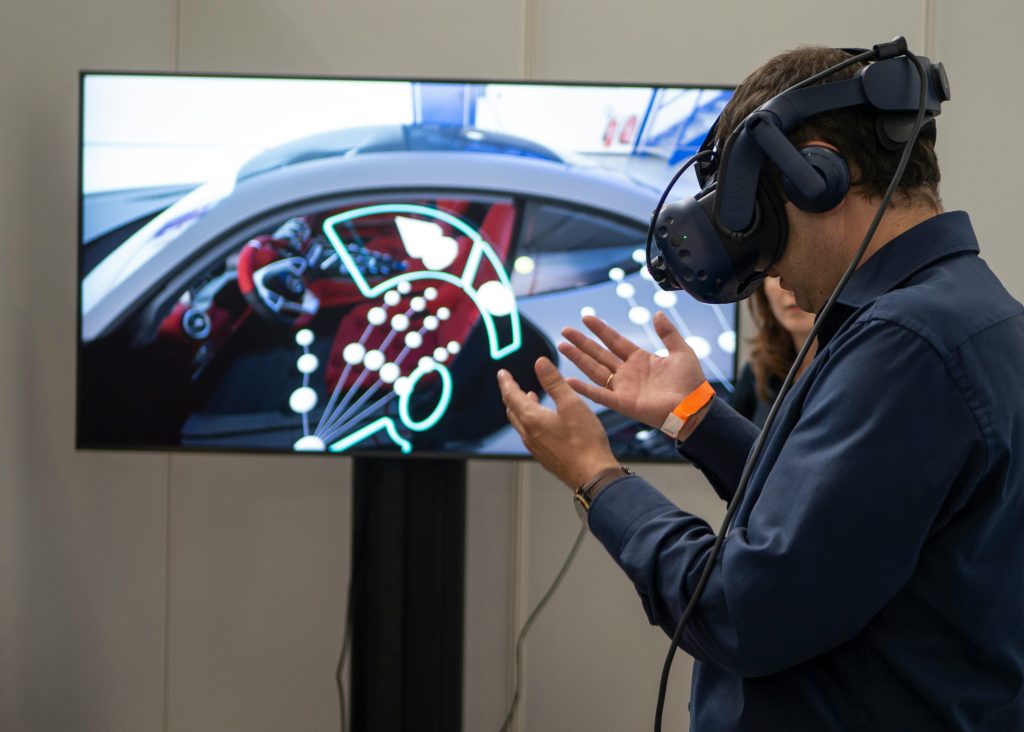
Virtual and augmented reality (VR/AR) have created new opportunities for immersive creative experiences. Artists may now build worlds that engage several senses, enabling spectators to enter a painting or sculpture and tear down the barrier between art and audience.
AI and Generative Art
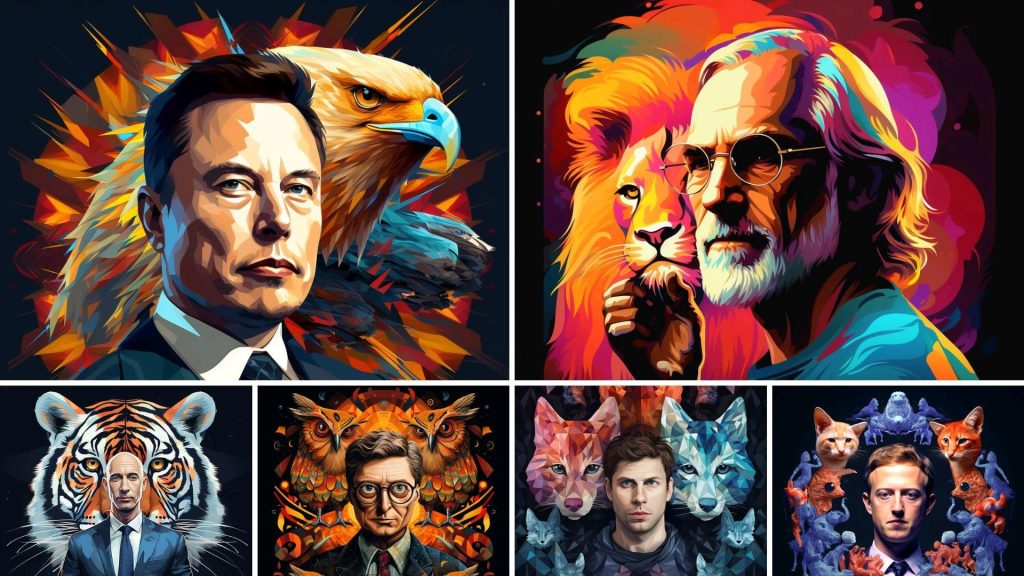
Artificial intelligence (AI) has created a new paradigm for creation. Artificial intelligence algorithms may now create art, music, and literature, raising challenges about the artist’s role and the nature of creativity. Generative art, in which an artist constructs an algorithm rather than a conventional artwork, blurs the distinction between creator and created.
Impact on the Creative Process.
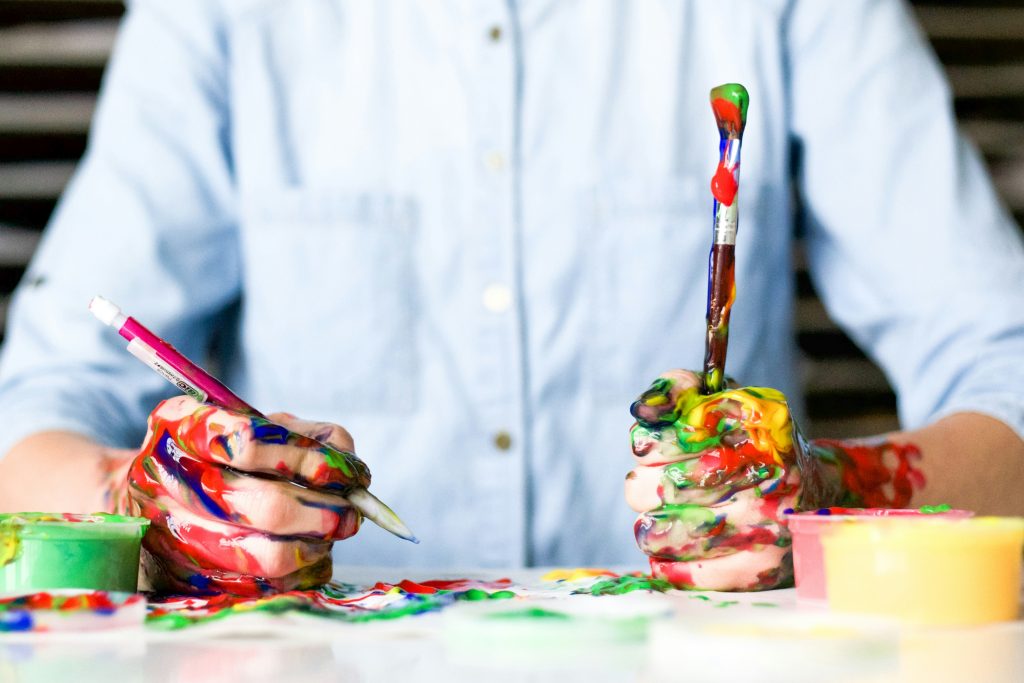
Technology has not only created new media, but it has also changed the creative process. Digital technologies provide artists incredible control over their works, allowing for sophisticated editing and unlimited experimentation without the constraints of tangible material. However, the accessibility of alteration requires artists to preserve a feeling of authenticity and uniqueness in their work.
Distribution and Accessibility
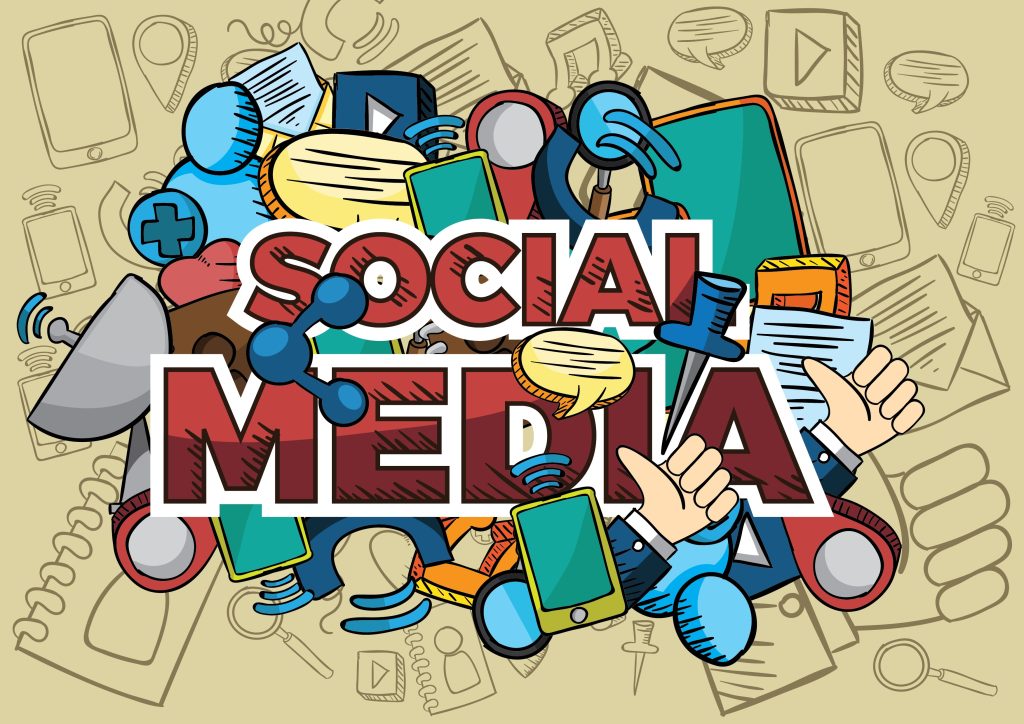
The internet and social media have transformed the way art is disseminated and enjoyed. Artists may now easily reach a worldwide audience across geographical and cultural divides. Online platforms have also created communities where artists can interact, exchange, and learn from one another, so increasing the collective creativity of the worldwide art community.
Challenges and Criticism
Despite its advantages, the union of technology and art is not without criticism. Some believe that digital art lacks the warmth and sincerity of conventional media. Others are worried about the overreliance on technology, worrying that it may impede the development of core creative talents. Furthermore, intellectual property and the replicability of digital art remain sensitive issues.
Conclusion
The effect of technology on creative expression and creativity demonstrates how art evolves throughout time. As technology advances, so will the methods in which we produce and experience art. While technology poses obstacles and raises philosophical concerns about the nature of art and creativity, it also provides unparalleled potential for invention and expression. In this digital era, the intersection of technology and art is not only unavoidable, but also a driving force in the advancement of creative expression.